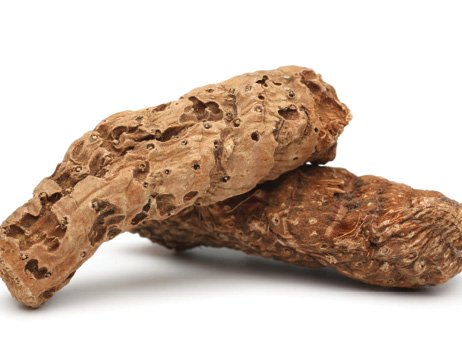Iris | Iris spp.
Emergent | Native and Non-Native



The iris is a well-known horticulture plant in Mississippi, but there are wild iris species that can inhabit natural waters, as well. These include native blue flag Iris virginica and non-native yellow flag Iris pseudacorus.
Blue flag has characteristic blue to purple flowers with distinct yellow midrib on each of the three outer petals. The flower is quite showy and attractive. Blue flag leaves are sword-shaped, several feet in length, and relatively limp, bending to the ground.
Yellow flag has larger, yellow flowers that form in multiples on a more rigid stem than blue flag. Leaves are more rigid and longer, and they grow from a thick rhizome. Yellow flag irises were introduced from Europe.
Management Value
Irises can be important to pollinators and hummingbirds, and submerged plants likely provide some habitat to fish and other aquatics. Blue flag is native and less aggressive than yellow flag, and this species can be introduced to ponds and wetlands for aesthetic improvements. Yellow flag can be toxic to humans and animals if sufficient quantities are ingested.
Irises will spread, so some control may be necessary. Using ceramic or cement containers to reduce lateral spread may be a good approach to preventing problems. Yellow flag is not recommended.
Recommended Controls
Covering with plastic tarps or landscape fabric has been an effective method of controlling small iris patches.
Option 1: Glyphosate (5.4-pound formulation). For each gallon of water, mix 5.0 ounces glyphosate and 1.3 ounces non-ionic surfactant, and the rest water. Spray to wet all exposed plants. Do not exceed annual herbicide rate limits as stated on the product label.
Option 2: Imazapyr (2.0-pound formulation). For each gallon of water, mix 3.75 ounces imazapyr and 1.3 ounces non-ionic surfactant. Spray to wet all exposed plants. Do not exceed annual herbicide rate limits as stated on the product label.
Treat with herbicides when plants are actively growing. Tank mixing imazapyr and glyphosate may be more effective than using either option alone.
Read and follow all chemical label instructions, especially the section on the use of personal protection equipment.
Photo Credits Top: Keith Meals, MDWFP; Bottom: USDA.

The information given here is for educational purposes only. References to commercial products, trade names, or suppliers are made with the understanding that no endorsement is implied and that no discrimination against other products or suppliers is intended.
Publication 3735-25 (POD-11-23)
By Wes Neal, PhD, Extension/Research Professor, Wildlife, Fisheries, and Aquaculture; Dennis Riecke, Fisheries Coordinator, Mississippi Department of Wildlife, Fisheries, and Parks; and Gray Turnage, PhD, Assistant Research/Extension Professor, GeoSystems Research Institute.
The Mississippi State University Extension Service is working to ensure all web content is accessible to all users. If you need assistance accessing any of our content, please email the webteam or call 662-325-2262.



